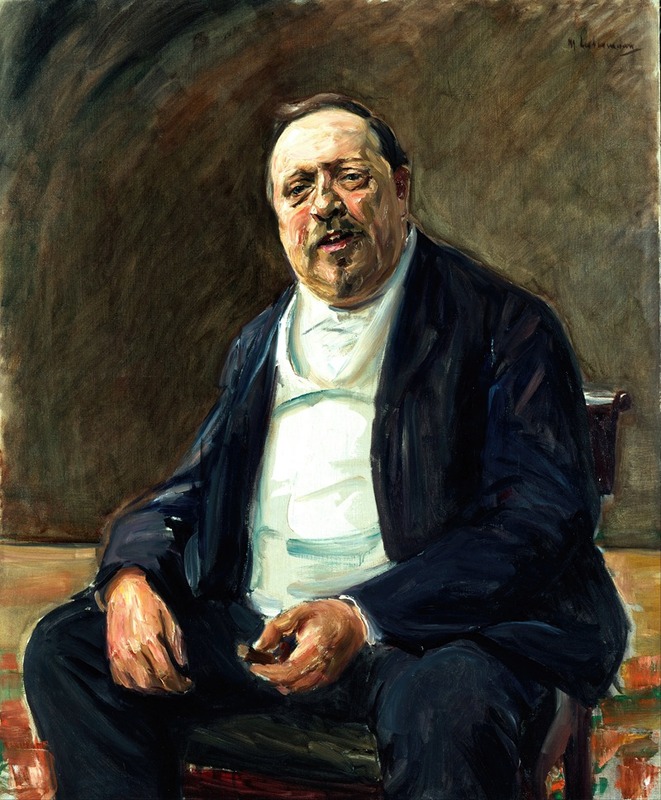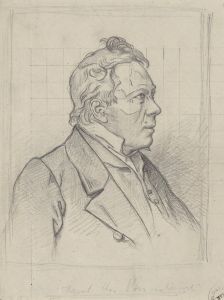
Portrait of Alfred von Berger
A hand-painted replica of Max Liebermann’s masterpiece Portrait of Alfred von Berger, meticulously crafted by professional artists to capture the true essence of the original. Each piece is created with museum-quality canvas and rare mineral pigments, carefully painted by experienced artists with delicate brushstrokes and rich, layered colors to perfectly recreate the texture of the original artwork. Unlike machine-printed reproductions, this hand-painted version brings the painting to life, infused with the artist’s emotions and skill in every stroke. Whether for personal collection or home decoration, it instantly elevates the artistic atmosphere of any space.
Max Liebermann was a prominent German painter and printmaker, associated with the Impressionist movement. He was one of the leading figures in the Berlin Secession, an art movement that sought to challenge the conservative art establishment in Germany at the turn of the 20th century. Liebermann's work is characterized by its loose brushwork, vibrant use of color, and focus on everyday scenes and portraits.
The "Portrait of Alfred von Berger" is one of Liebermann's notable works, showcasing his skill in capturing the essence and character of his subjects. Alfred von Berger was an influential figure in the cultural scene of his time, known for his contributions to the arts, although specific details about his life and career are less documented in widely available sources.
In this portrait, Liebermann employs his characteristic style, using expressive brushstrokes and a keen attention to detail to convey the personality and presence of von Berger. The painting reflects Liebermann's ability to blend realism with impressionistic techniques, creating a vivid and lifelike representation. The background is typically understated, drawing attention to the subject's face and expression, which are rendered with a sense of immediacy and vitality.
Liebermann's portraits often went beyond mere physical likeness, aiming to capture the inner life and status of his sitters. This approach is evident in the "Portrait of Alfred von Berger," where the artist's nuanced use of light and shadow adds depth and dimension to the subject's features. The portrait is a testament to Liebermann's mastery in portraying the intellectual and cultural elite of his time, reflecting both the individual character of von Berger and the broader social milieu in which he operated.
The painting is part of Liebermann's extensive body of work, which includes numerous portraits of prominent figures from various walks of life, including artists, writers, and politicians. His portraits are celebrated for their psychological depth and the way they capture the zeitgeist of the era.
Max Liebermann's contribution to art extends beyond his paintings; he played a significant role in the development of modern art in Germany. As a leader of the Berlin Secession, he advocated for artistic freedom and innovation, influencing a generation of artists. His work, including the "Portrait of Alfred von Berger," continues to be studied and appreciated for its artistic merit and historical significance.
The "Portrait of Alfred von Berger" remains an important example of Liebermann's portraiture, reflecting his skill in capturing the essence of his subjects and his contribution to the Impressionist movement. While specific details about the painting's provenance or current location may not be widely documented, its significance in Liebermann's oeuvre is well-recognized among art historians and enthusiasts.


















